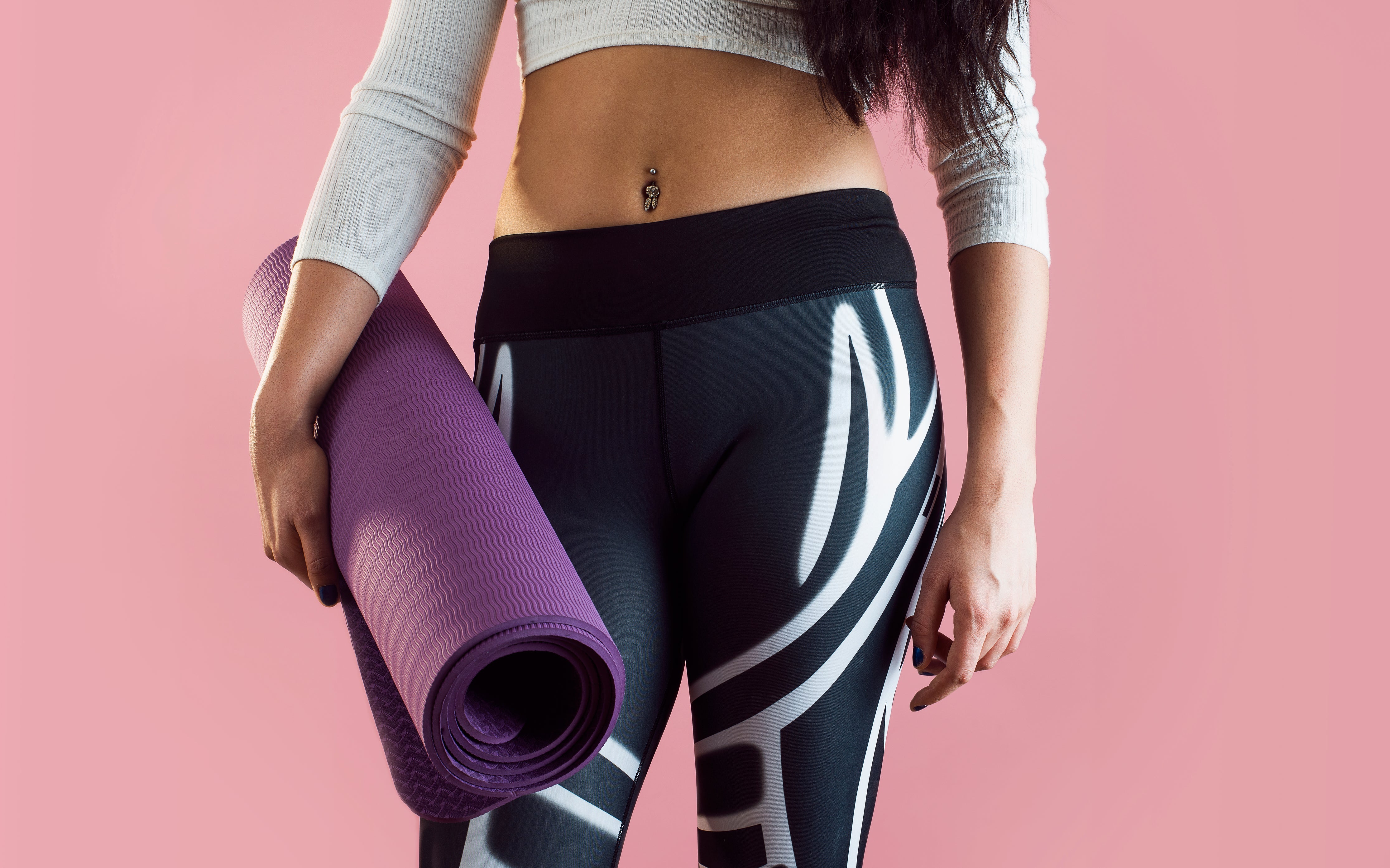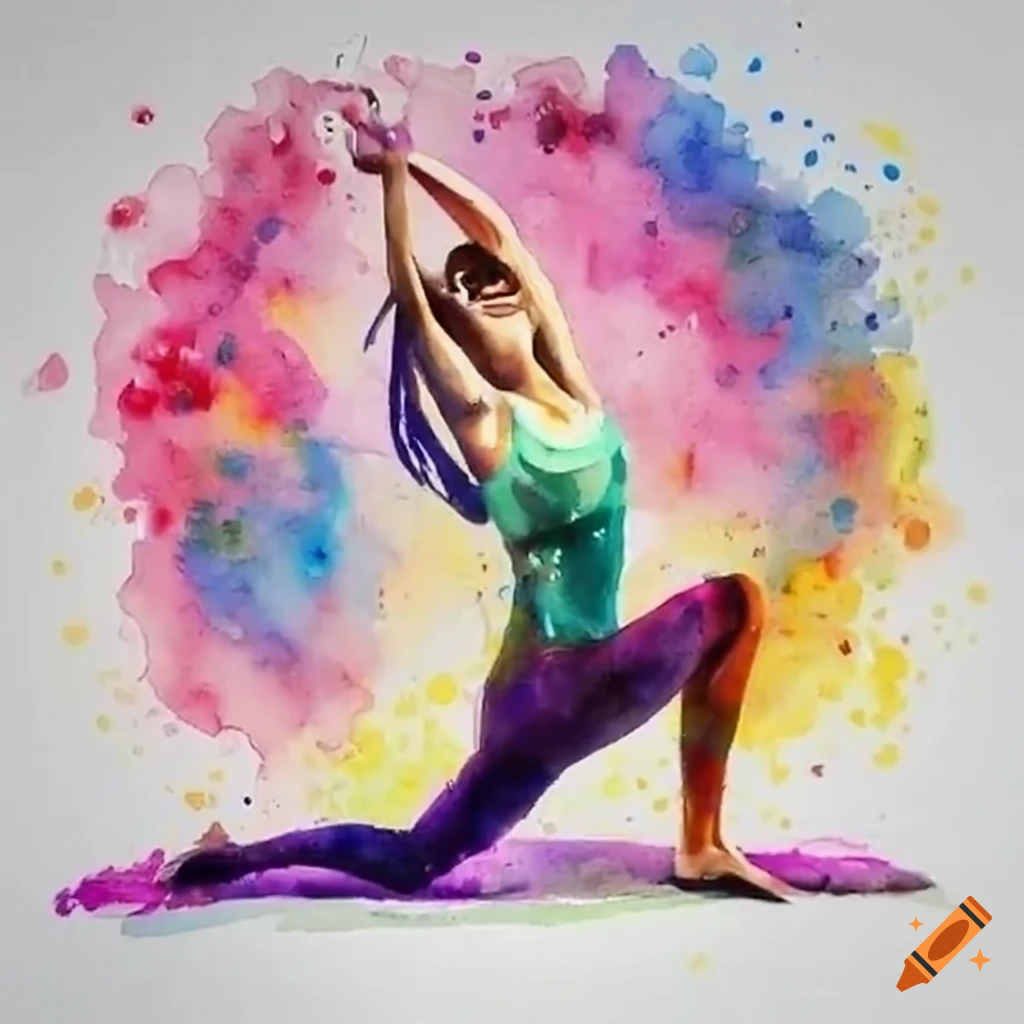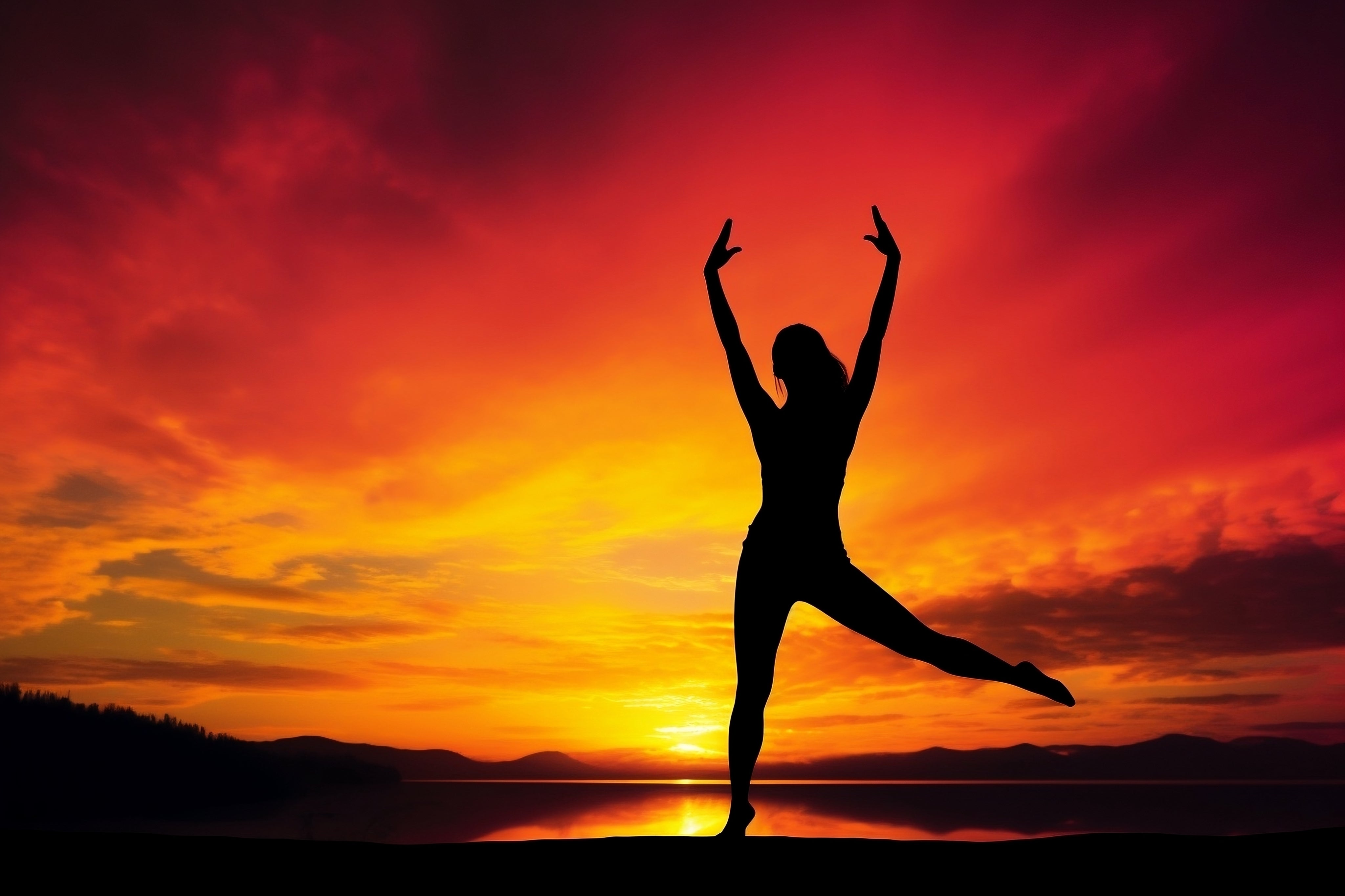
The Top 5 Yoga Styles Explained: Find the Perfect Fit for You
Exploring different yoga styles can pave the way for a tailored and enriching practice that suits your preferences and goals. When delving into the world of yoga, understanding the key characteristics of various styles is paramount to finding the perfect fit for you. From power-packed Ashtanga to the soothing embrace of Yin, each style offers a unique approach to mindfulness, physicality, and spiritual well-being. Let's delve into the distinctive features of five prominent yoga styles to help you discover the one that resonates most with you.
Hatha Yoga: Unraveling the Traditional Practice
In exploring the ancient roots of Hatha Yoga, we unveil a traditional practice rich in history and authenticity. This foundational yoga style focuses on achieving balance between body and mind through physical postures, controlled breathing, and meditation techniques.
- Historical Roots: Hatha Yoga dates back to the 15th century in India, where it was developed to prepare the body for extended meditation sessions. It emphasizes the union of opposites - "ha" representing the sun and "tha" symbolizing the moon.
- Fundamental Principles: The core principle of Hatha Yoga is to create a harmony between body and mind through asanas (postures) and pranayama (breathing techniques). By integrating physical movements with breath control, practitioners enhance their overall well-being.
- Traditional Aspects: Hatha Yoga incorporates a systematic approach to physical and mental purification, promoting self-discipline and inner strength. It focuses on aligning the body properly to allow for the free flow of energy.
- Key Practices: Common postures in Hatha Yoga include Mountain Pose (Tadasana), Downward-Facing Dog (Adho Mukha Svanasana), and Warrior poses. Pranayama techniques like Nadi Shodhana (Alternate Nostril Breathing) and Kapalabhati (Skull Shining Breath) are also integral to practice.
Vinyasa Yoga: Mastering the Dynamic Flow
- Fluid Sequences Linked with Breath:
- Importance of Smooth Transitions:
- Role of Breath Synchronization:
- Challenges and Rewards of Vinyasa:
Experience the essence of Vinyasa Yoga through its seamlessly flowing movements paired intricately with controlled breathing. In Vinyasa practice, every posture is harmonized with a specific breath, creating a rhythmic and dynamic sequence.
Smooth transitions in Vinyasa Yoga not only amplify the physical challenge but also foster mental focus and present moment awareness. Each movement should gracefully meld into the next, ensuring a linked and uninterrupted flow.
Breath synchronization serves as the cornerstone of Vinyasa, syncing movement with inhalations and exhalations. This synchronized breathing enhances the circulation of prana (life force energy) throughout the body, revitalizing the practitioner both physically and mentally.
Embracing Vinyasa Yoga presents challenges like the need for strength, flexibility, and endurance. However, overcoming these challenges leads to profound rewards, including improved physical fitness, heightened concentration, and a state of moving meditation.
Ashtanga Yoga: Decoding the Eight-Limbed Path
- Philosophical Foundation: Ashtanga Yoga, as outlined by Patanjali, follows the eight-fold path (Ashtanga) emphasizing ethical principles, physical posture, breath control, sense withdrawal, concentration, meditation, and ultimate enlightenment.
- Primary & Second Series: Ashtanga practice is structured around two primary series of asanas (postures) that progressively challenge the individual's physical and mental stamina, promoting strength, flexibility, and mindfulness.
- Emphasis on Breath, Bandhas, Drishti: The practice focuses intensely on synchronizing movement with breath (Ujjayi Pranayama), engaging energy locks (Bandhas), and refining one's gaze (Drishti) to enhance concentration and steady the mind.
- Potential for Personal Transformation: Through dedicated practice, Ashtanga Yoga offers practitioners a transformative journey that transcends the physical realm, fostering discipline, self-awareness, and inner resilience.
Bikram Yoga: Navigating the Hot Yoga Experience
- Overview of Bikram Yoga:
Bikram Yoga, also known as hot yoga, is a specific style developed by Bikram Choudhury that consists of practicing yoga in a room heated to approximately 105°F with 40% humidity. This intense heat is believed to mimic the conditions in India, where yoga originated.
- Sequences of Postures and Breathing Exercises:
Bikram Yoga follows a standard sequence of 26 postures and 2 breathing exercises, each performed twice during a 90-minute session. These postures work every part of the body, including muscles, joints, and internal organs, promoting overall health and well-being.
- Benefits and Risks of Hot Yoga:
Practicing yoga in a heated environment can enhance flexibility, detoxification through sweat, and aid in weight loss. However, risks include dehydration, overheating, and strain on the heart due to the intense conditions. It is crucial to listen to your body and take breaks as needed.
- Expert Advice for Hot Yoga Practice:
To navigate Bikram Yoga successfully, maintaining hydration before, during, and after the session is essential. Pace yourself, focus on proper breathing techniques, and rest when necessary. Acclimatize gradually to the heat, and always respect your body's limits.
Embark on a transformative journey as you explore the myriad dimensions of yoga, from the rich traditions of Hatha Yoga to the dynamic sequences of Vinyasa Yoga. Dive into the spiritual depths of Ashtanga Yoga's eight-limbed path and experience the intensity of Bikram Yoga's heated practice. Delve into these unique styles to discover the perfect fit for your mind, body, and soul. Each style unveils a distinct tapestry of movements, breathing techniques, and philosophies, offering a holistic approach to well-being. Embrace the diversity of yoga and find harmony in the practice that resonates with your inner essence. Let your yoga journey guide you towards self-discovery and inner peace, unlocking your true potential with every asana, flow, and meditation.







